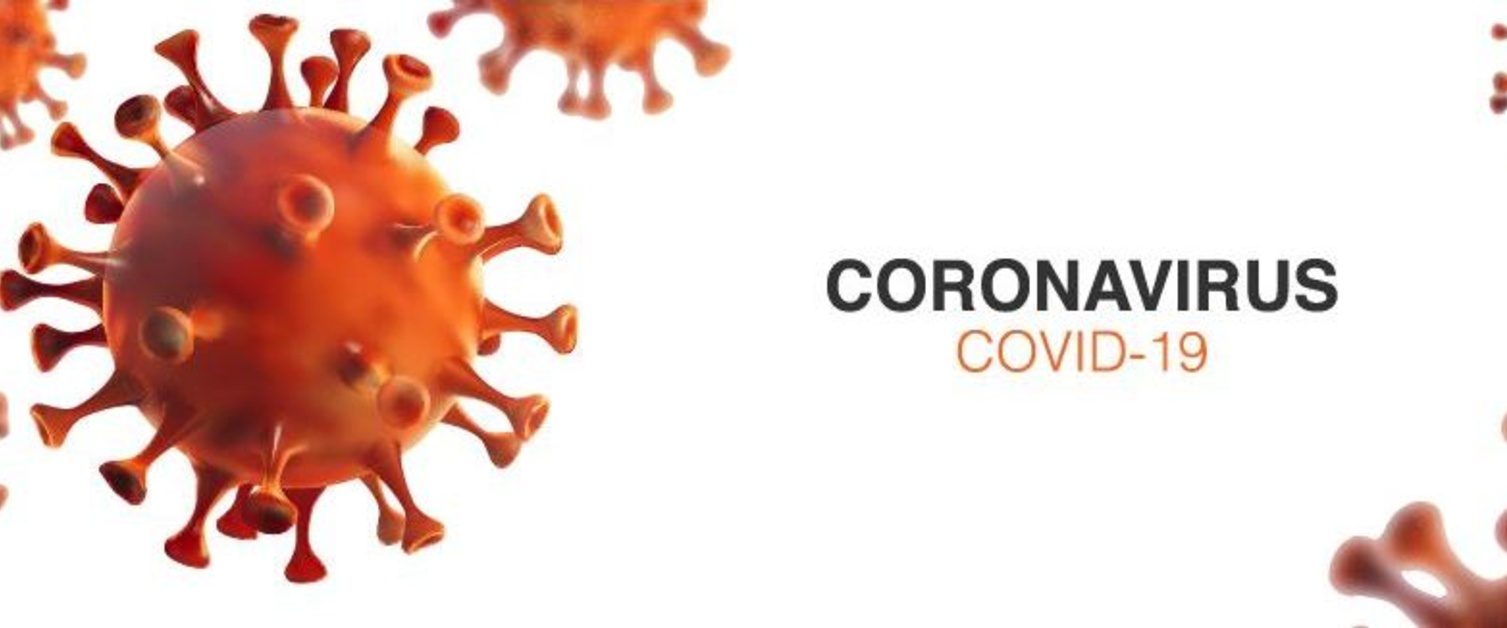
Justin Gregory, MD, MSCI, lead investigator for the study. Vanderbilt University Medical Center
Vanderbilt University Medical Center researchers have discovered individuals with type 1 and type 2 diabetes infected with COVID-19 are three times more likely to have a severe illness or require hospitalization compared with people without diabetes.
Because of this amplified impact, they are urging policymakers to prioritize these individuals for COVID-19 vaccination. Their findings were published in Diabetes Care, the journal of the American Diabetes Association.
While studies have suggested that those with type 2 diabetes are at higher risk for more serious complications and being hospitalized if they get COVID-19, little is known about the risk for individuals with type 1 diabetes. In the U.S. alone, an estimated 1.6 million individuals have type 1 diabetes.
“I think these data support prioritizing individuals with type 1 or individuals with type 2 diabetes for immunization alongside other high-risk medical conditions that increase the risk of getting very sick with COVID-19, such as heart or lung disease,” said Justin Gregory, MD, MSCI, lead investigator for the study.
The team of investigators identified electronic health records (EHRs) of more than 6,000 patients across 137 Vanderbilt Health clinical sites who had a COVID-19 diagnosis during the period from mid-March until the first week of August. The team then closely reviewed the patients’ medical records and contacted many individuals by telephone to identify additional risk factors and gather more information on how COVID-19 had impacted their health.
They compared the overall impact of COVID-19 for three populations: individuals with type 1 diabetes, individuals with type 2 diabetes and those who did not have diabetes. The study was a prospective cohort study, meaning researchers identified the study subjects soon after their infection with COVID-19 and followed these individuals as they progressed through the illness. Prospective studies have lower risk of investigator bias as the outcome is not known when study subjects are identified.
“People with type 1 diabetes don’t need to live in fear and have undue anxiety, but they need to be really diligent in doing the things we all should be doing,” Gregory said. “All of us should be washing our hands and staying 6 feet apart. We should be conscientious about limiting the time spent with people outside our household. I’m not asking people with type 1 diabetes to do anything that all of us shouldn’t already be doing. I just think they need to be the most diligent about doing it day in and day out.”


